In today’s digital landscape, having a strong online presence is crucial for businesses looking to stay ahead of the competition. One key aspect of achieving this is through effective web design, which plays a vital role in capturing users’ attention and driving engagement. As we navigate the ever-changing world of web design trends, it’s essential to stay informed about the latest developments and best practices. From understanding the 7 C’s of effective website design to leveraging advanced SEO-focused article writing techniques, there are numerous strategies that can help elevate your online presence and drive better results.
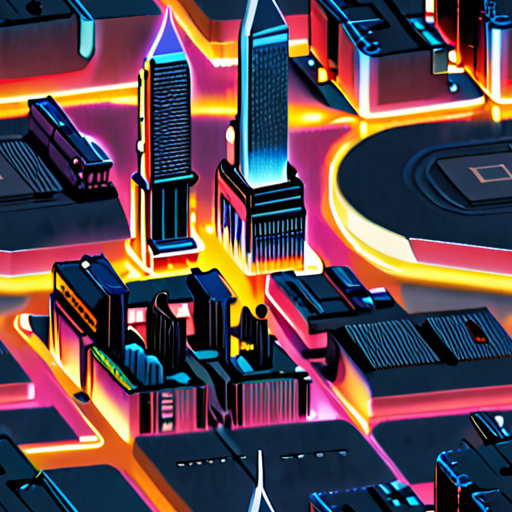
The New Trend in Web Design
In recent years, web design has undergone significant transformations, driven by advancements in technology, changing user behaviors, and evolving design principles.
-
Sustainable Design
One of the emerging trends in web design is sustainable design, which focuses on creating websites that are environmentally friendly, accessible, and socially responsible.
- Designers are incorporating eco-friendly materials, reducing carbon footprints, and promoting digital literacy through inclusive design.
- This approach not only benefits the environment but also enhances user experiences and fosters a sense of community among website visitors.
-
Neumorphism
Neumorphism, a design style characterized by rounded corners, subtle shadows, and gentle animations, is gaining popularity in web design.
- This aesthetic appeals to users who crave a tactile experience online, making it ideal for applications, e-commerce platforms, and other interactive websites.
- By leveraging neumorphism, designers can create visually appealing and engaging interfaces that captivate audiences and drive conversions.
-
Micro-Interactions
Micro-interactions, small animations and effects that respond to user input, are becoming increasingly important in web design.
- These subtle interactions enhance the overall user experience, providing feedback and visual cues that guide users through complex processes.
- By incorporating micro-interactions, designers can create intuitive and engaging interfaces that foster a deeper connection between users and websites.
-
Dark Mode
Dark mode, a design feature that reverses the typical light-on-dark color scheme, is gaining traction in web design.
- This feature reduces eye strain, conserves battery life, and provides a unique visual identity for websites and applications.
- By incorporating dark mode, designers can cater to users who prefer a darker interface and create a distinctive brand presence.
As web design continues to evolve, these trends will shape the future of online experiences, influencing how users interact with websites and applications.
By embracing sustainable design, neumorphism, micro-interactions, and dark mode, designers can create websites that are not only aesthetically pleasing but also functional, accessible, and environmentally responsible.
Trends in Web Design 2025
In 2025, web design is expected to undergo significant transformations, driven by advancements in technology, changing user behaviors, and evolving design principles.
- Increased Use of 3D Elements and Interactive Animations
- Rise of Custom Graphics and Illustrations
- Growing Importance of Accessibility and Responsiveness
- Emergence of New Color Schemes and Typography
- Integration of Artificial Intelligence and Machine Learning
Three-dimensional elements and interactive animations are becoming increasingly popular in modern web design, adding depth and dynamism to websites, making them more engaging and immersive.
Custom graphics and illustrations are gaining traction in web design, allowing designers to create unique and personalized visual identities for their clients.
As the number of mobile device users continues to grow, accessibility and responsiveness have become crucial aspects of web design, ensuring that websites are usable and visually appealing across various devices and screen sizes.
New color schemes and typography styles are emerging in web design, influenced by cultural and social trends, offering designers a wider range of options to express their creativity and convey their message effectively.
The integration of artificial intelligence and machine learning technologies is expected to revolutionize web design, enabling designers to create more dynamic, interactive, and personalized experiences for users.
119 Web Design is committed to staying ahead of these trends, providing our clients with cutting-edge solutions that meet their evolving needs and exceed their expectations.
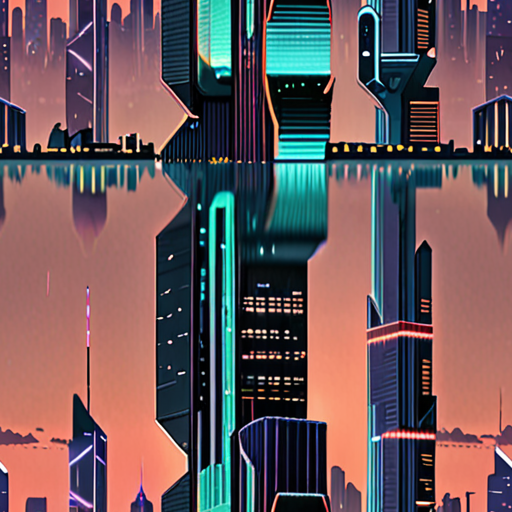
The 7 Cs of Effective Website Design
In order to create a successful website, it’s essential to consider several key factors that contribute to its overall effectiveness.
-
Context
Understanding your target audience and their needs is crucial in designing a website that resonates with them.
- Know your audience demographics, interests, and pain points.
- Create content that speaks to their needs and concerns.
-
Commerce
A well-designed e-commerce website can significantly impact sales and revenue.
- Optimize product pages for easy navigation and checkout.
- Implement secure payment gateways and trust badges.
-
Connection
Fostering connections with visitors through social media and community engagement can lead to loyalty and retention.
- Integrate social media buttons and feeds.
- Encourage user-generated content and reviews.
-
Communication
Clear and concise communication is vital in conveying your brand’s message and values.
- Develop a consistent tone and voice across all channels.
- Use simple and intuitive language in your content.
-
Content
High-quality, engaging content is essential in attracting and retaining visitors.
- Create a content strategy that aligns with your goals.
- Prioritize user experience and accessibility.
-
Community
Fostering a sense of community through forums, discussions, and events can lead to customer loyalty and advocacy.
- Designate a community manager or team.
- Host webinars, workshops, or meetups.
-
Customization
Providing personalized experiences through customization options can enhance user satisfaction and engagement.
- Offer customizable layouts and color schemes.
- Allow users to save preferences and settings.
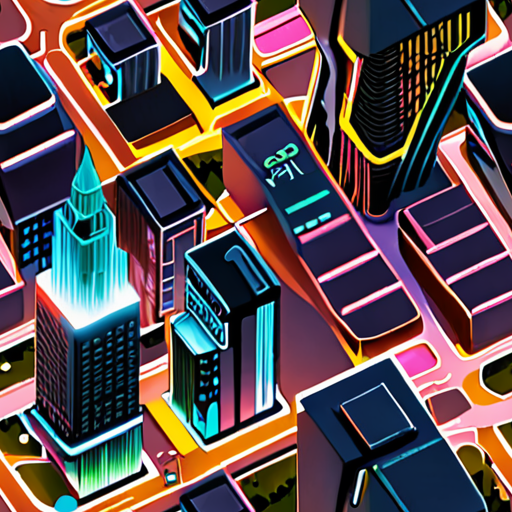
Design Trends
The current design trend is focused on bold and ugly minimalism, which plays on minimalism’s love for space, clean lines, and uncluttered layouts but cranks up the volume with bold fonts and vibrant colors.
- Bold Fonts: Eye-catching minimalist typography with a twist, incorporating unique font styles and sizes to create visual interest.
- Vibrant Colors: A palette of bright and bold hues that add energy and excitement to designs, often used in combination with neutral backgrounds to create contrast.
- Unconventional Layouts: Experimenting with non-traditional grid systems and layout structures to create visually striking compositions.
- Asymmetrical Balance: Using asymmetry to create balance and harmony in designs, often achieved through the strategic placement of visual elements.
- Organic Shapes: Incorporating organic shapes and forms to add texture and visual interest to designs, often used in conjunction with geometric shapes.
Tips for Implementing Bold and Ugly Minimalism
- Experiment with bold font styles and sizes to create eye-catching typography.
- Choose a limited color palette and use vibrant colors to add energy and excitement to designs.
- Play with unconventional layouts and grid systems to create visually striking compositions.
- Use asymmetry to create balance and harmony in designs.
- Incorporate organic shapes and forms to add texture and visual interest to designs.
Resources for Learning More
For those interested in learning more about bold and ugly minimalism, there are several resources available online, including tutorials, articles, and courses. Some popular resources include:
- Canva : A popular design platform that offers a range of templates, design tools, and tutorials.
- Adobe : A leading software company that offers a range of creative applications, including Photoshop and Illustrator.
- Skillshare : An online learning platform that offers a range of courses and workshops on design and creativity.
Next Big Design Trend in 2024
The world of graphic design is constantly evolving, and staying ahead of the curve requires a keen eye for emerging trends.
- Nature-Inspired Aesthetics: Building upon the success of previous years, nature-inspired designs continue to captivate audiences in 2024.
- Sustainable Design: With growing concerns about environmental sustainability, designers are incorporating eco-friendly materials and practices into their work.
- Minimalism: Simple, clean designs have become increasingly popular, reflecting a desire for clarity and ease of use.
- Neon Colors: Bright, neon hues are making a comeback, adding a touch of vibrancy to digital and print media.
- Geometric Shapes: Geometric patterns and shapes continue to dominate design landscapes, offering endless creative possibilities.
- Human-Centered Design: Focusing on user needs and experiences, human-centered design prioritizes accessibility and usability.
- Artificial Intelligence (AI)-Generated Art: AI algorithms are producing stunning visual art, blurring the lines between human creativity and machine intelligence.
- Virtual Reality (VR) and Augmented Reality (AR): Immersive technologies are revolutionizing the way we interact with digital content.
- Cross-Cultural Influences: Globalization has led to a fascinating fusion of cultural styles, resulting in unique and captivating designs.
- Typography: Experimentation with typography continues, pushing boundaries and exploring new ways to convey meaning through typefaces.
- Branding and Identity: Strong branding and identity systems are essential for businesses seeking to establish a lasting presence in the market.
- Accessibility and Inclusivity: Designers are prioritizing accessibility and inclusivity, ensuring that digital products cater to diverse user needs.
- Storytelling: Effective storytelling remains a crucial aspect of design, helping to engage audiences and convey complex messages.
- Emotional Connection: Designers aim to create emotional connections with users, fostering empathy and understanding through their work.
- Experimentation and Innovation: The pursuit of innovation drives designers to push boundaries, explore new techniques, and develop cutting-edge solutions.
By embracing these trends and staying attuned to the ever-changing landscape of graphic design, creatives can stay ahead of the curve and deliver exceptional results in 2024 and beyond.
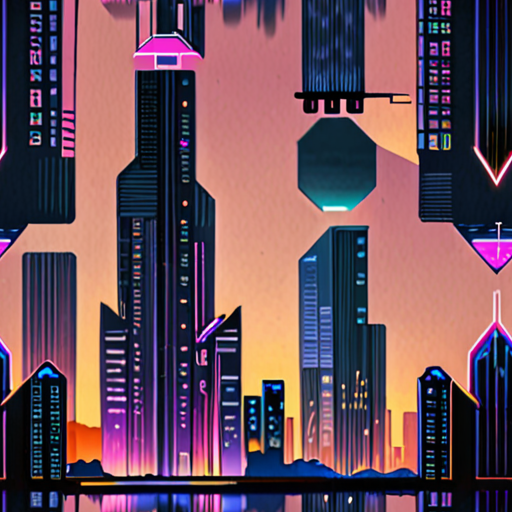
Most Demanding Design
The most demanding design in recent years has been UI/UX design.
- UI/UX designers are responsible for creating user-centered designs that meet the needs of customers.
- They work closely with cross-functional teams to develop products that are intuitive, visually appealing, and easy to use.
- UI/UX designers use various tools and techniques to conduct user research, create wireframes and prototypes, and test product usability.
- The demand for skilled UI/UX designers continues to grow as companies recognize the importance of delivering exceptional customer experiences.
Trends in UI/UX Design
Some of the current trends in UI/UX design include:
- Micro-interactions and animations
- Dark mode and accessibility features
- Personalization and customization options
- Artificial intelligence and machine learning integration
Key Skills for UI/UX Designers
To succeed in UI/UX design, professionals need to possess a combination of technical, creative, and soft skills, including:
- Proficiency in design tools like Sketch, Figma, Adobe XD, and InVision
- Strong understanding of human-centered design principles and user research methods
- Ability to communicate effectively with stakeholders and team members
- Capacity to stay up-to-date with industry trends and emerging technologies
Conclusion
In conclusion, UI/UX design remains one of the most demanding and in-demand fields in the industry, driven by the growing recognition of its impact on customer satisfaction and business success.
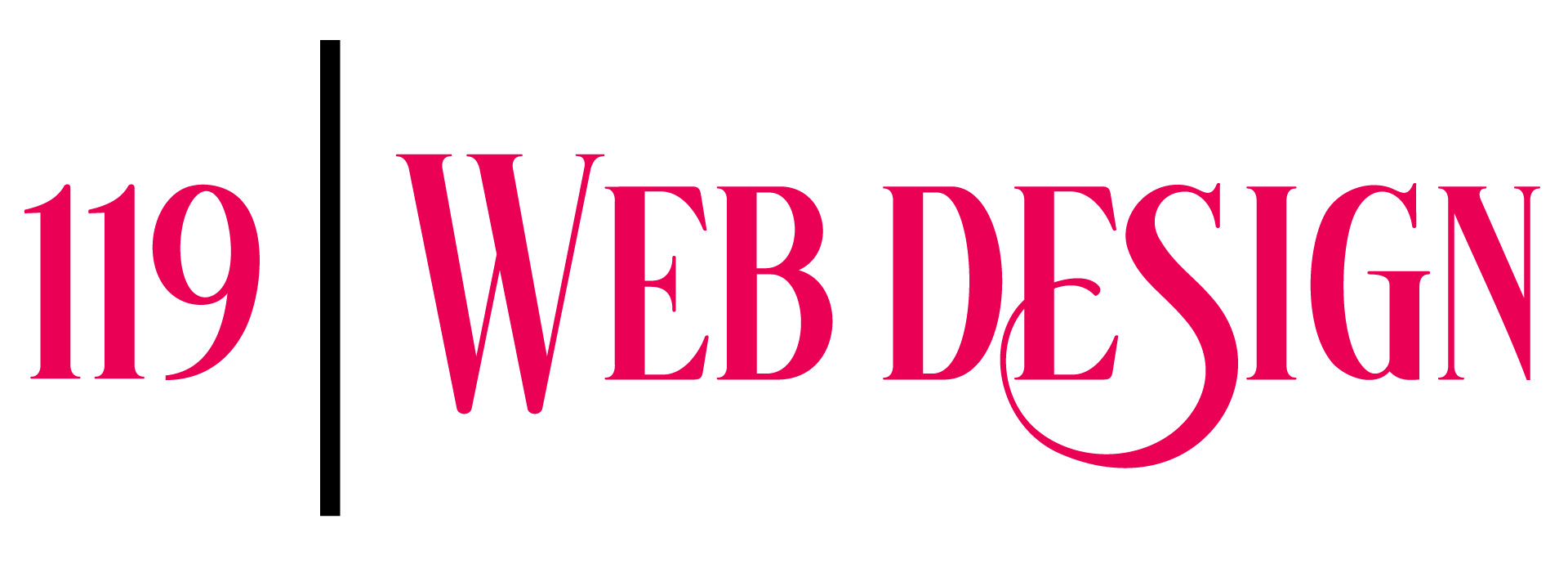
0 Comments